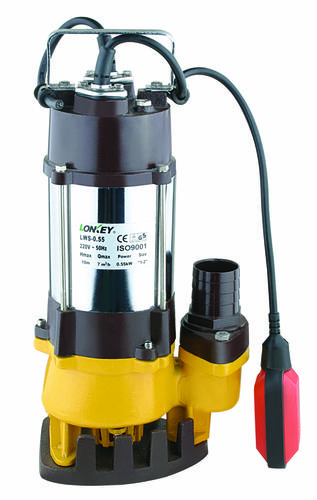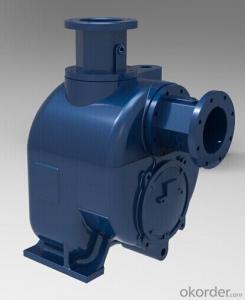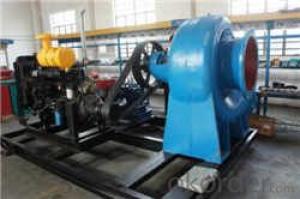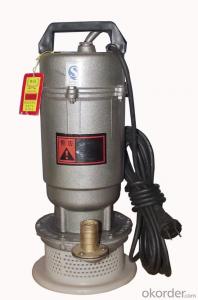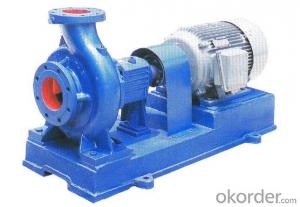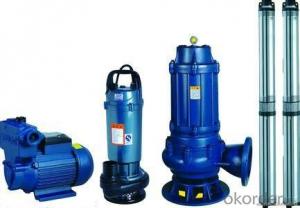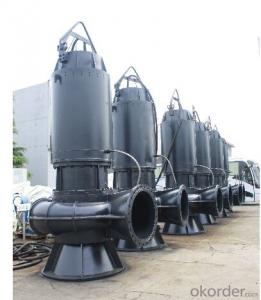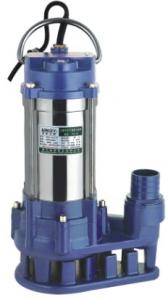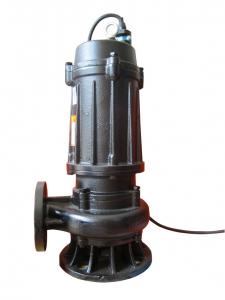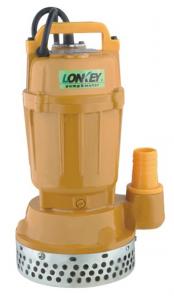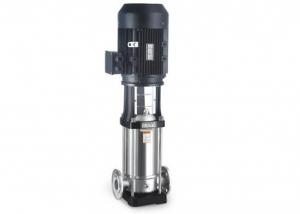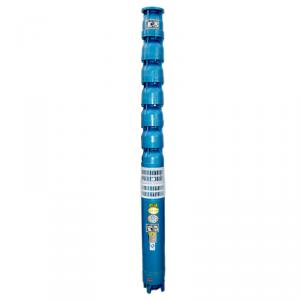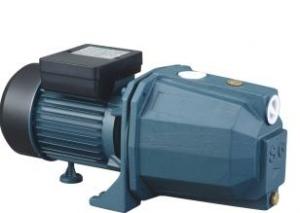Submersible Water Pump, Sewage Submersible Pump LWS-0.75F
- Loading Port:
- Ningbo
- Payment Terms:
- TT OR LC
- Min Order Qty:
- -
- Supply Capability:
- 5000 set/month
OKorder Service Pledge
OKorder Financial Service
You Might Also Like
Specifications
It's more compact,light on weight,easy for use.
It's suitable for home water supply,garden irrigation,building site,aquaculture
Application
Applying for building site ,hotel,restaurant,ship,mine,urban sewage,dejecta discharge,garden and farm irrigation, it also can be used for transporting liquid feed for fishing aquaculture and transporting dilute paper pulp.
Materials
· Pump body:Cast iron
· Motor housing:Stainless steel
· Motor wire:Copper
· Impeller:cast iron
· Mechanical seal:Ceramic&Graphite
· Shaft:45#steel
· Bearing:China
· Insulation class:B
· Protection class:IP68
Electrical Data
Rated power:0.75KW
Rated voltage:220/380V
Mains frequency:50/60Hz
- Q: the pump is pumping hot wtaer from the hot water tank around the domestic hot water system, i.e to taps and shower.
- These pumps can have their own bearing or they may rely on the bearings in the motor. Most of these are anti-friction bearings that have a limited life. Also if the pump runs dry it can over heat and seize.
- Q: I replaced the water pump on my 1997 acura cl 3.0 v6 vtec. I set the timing how alldata said to. (Lined up marks on timing drive pulley and both cam pulleys) and put it all back together. Now when I start it the motor runs rough for about 45 seconds then it smooths out but won't rev past 3000 rpm. What are some possibilites it could be?
- Ive seen this before. u replaced the water pump, which means u drained the coolant, replaced the pump, and filled it back up again. When u filled it back up u created big air pockets in the coolant system. Small air pockets are always in the system, but wont cause a problem. Big air pockets cause the engine to idle rough, like its misfiring. Then when u go to press on the gas it stalls, or it wont rev past a certain point. Ive had this problem myself a few times, replacing water pumps and lower radiator hoses. About the best thing u can do is just let the car run and idle for an hour, maybe even 2! Then rev it when its still parked at a higher RPM, just to flush out those pesky air pockets. I know it wastes gas, but thats what i think the problem is. Air pockets are something that most ppl dont think about when they drain and refil the cooalnt components.
- Q: Pump house should be equipped with those equipment and valves
- 1. The inlet and outlet of the pump shall be equipped with a control valve, and the outlet shall be equipped with a check valve;2, lower than the pump suction the water tank, water pump entrance to bottom valve, and piping and valves equipped with irrigation. Or equipped with other water pump irrigation facilities.3, more than one pump system should have the total valve and contact valve.4, the corresponding control equipment.
- Q: I live in a residential/country area, and I have a well pump down cellar. I notice that, even if I am not using any water, nothing is running (toilet, etc) it tends to cycle on and off every hour or so. The pressure is always good, so that's not an issue. I am just wondering....is it normal for it to do this?
- No problems. It just means that the check valve in the pump is leaking off slightly and the pressure is dropping down to kick the relay in. As long as it doesn't do it every few minutes when water isn't being used, you have nothing to worry about. If you have a facet with a drip, it will do the same thing.
- Q: my pump went out and i can't afford to have it fixed at a shop.
- Drain coolant from radiator and cylinder block. Remove drive belts. Remove crank pulley. Remove timing belt covers. Note: It is not necessary to loosen or remove the timing belt during water pump service. CAUTION: When removing water pump assembly, be careful not to get coolant on timing belt. Remove water pump. INSPECTION Check body assembly and vane for rust or corrosion. Check for rough operation due to excessive end play. NOTE: Water pump cannot be disassembled and should be replaced as a unit. INSTALLATION Use a scraper to remove old liquid gasket from water pump. Also remove old liquid gasket from mating surface of cylinder block. Apply a continuous bead of liquid gasket to mating surface of water pump. Use Genuine Liquid Gasket or equivalent. Install water pump. Install remaining parts in reverse order of removal. Install drive belts. Refill engine coolant. After installation, run engine for a few minutes, and check for leaks.
- Q: how to change a water pump on a 99 ford tauras?
- Remove the passenger side tire and get at it from the bottom. You need a pulley remover, you can rent it at Autozone. Remove the belt, etc, etc, etc. Get a Hanes manual at your local parts store for an idea of what you need to do before you start doing anything. Most people go to a mechanic because it is a LOT of very hard work.
- Q: Do you need a stop valve for the pump at home?
- Pump used at home do not take the water stop valve, the water level is too low, it can not pump up. In addition, there is no stop valve, not immediately pumping water, will have to wait a short time.The valve is actually a floating ball valve, when water is accumulated to a certain height, the float top, open the valve linkage; row water, reduce the water level, the valve is automatically closed, it realizes automatic drainage to steam pipeline.
- Q: I need to install water pump and need to know the cost already purchase pump
- Depends on what engine and drivetrain you have. If it's a v6 rear-wheel-drive, you're probably looking in the neighborhood of about $650 USD. If it's a v8 all wheel drive, then you're probably looking more around $850 USD. That's for a timing belt and water pump replacement at most shops.
- Q: Had house power washed today and need my water to work again!
- You really need to get an experienced Electricain there. Seems you have water that has worked its way into the electrical panel. And electricity and water does not mix. If you are comfortable working with this panel its really simple fix. First disconnect the wires on the breaker that is popping. As you look at the breaker the side opposite of the wires, you will need to pull up and then out to remove the breaker. Use a electrical cleaner, brake cleaner, starting fluid, anything that does not leave a residue and clean the breaker well. Also look for any water in the enclosure and spray it down until the water is gone. Depending on how much mositure you have, you may be able to use a towel to soak up some of the moisture in this panel. Be very careful because there is live voltage still in the enclosure.
- Q: i need to change my water pump on my vw 1990 gti. the more details and/or pictures the better or links i can go to to show me
- Buy a repair manual. Or better yet buy a lifetime replacment one at Autozone and they will print out a step by step (with pictures torque specs) instructions for you. :)
Send your message to us
Submersible Water Pump, Sewage Submersible Pump LWS-0.75F
- Loading Port:
- Ningbo
- Payment Terms:
- TT OR LC
- Min Order Qty:
- -
- Supply Capability:
- 5000 set/month
OKorder Service Pledge
OKorder Financial Service
Similar products
Hot products
Hot Searches
Related keywords



